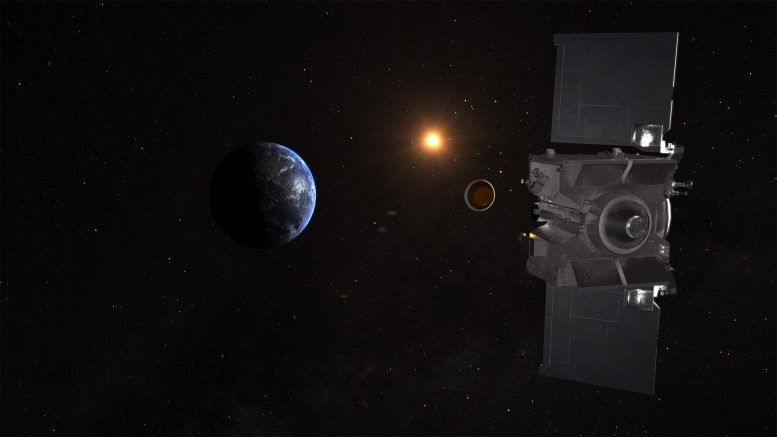
This illustration depicts NASA’s OSIRIS-REx spacecraft just after releasing the sample capsule toward Earth. Credit: NASA’s Goddard Space Flight Center
Doppler data indicates that NASA’s OSIRIS-REx spacecraft released its sample capsule toward Earth at 6:42 a.m. EDT (4:42 a.m. MDT), as planned, from 63,000 miles of Earth’s surface – about one-third the distance from Earth to the Moon.
After traveling for about four hours through space, the capsule will enter the atmosphere off the coast of California at about 10:42 a.m. EDT (8:42 a.m. MDT) and head east. It will land about 13 minutes later in a predetermined 36-mile by 8.5-mile area on the Department of Defense’s Utah Test and Training Range near Salt Lake City.
Flat and relatively barren, the military range covers about 1.5 million largely uninhabited acres of the Great Salt Lake desert, with much of the air space above closed to non-training-range aircraft, making it an ideal landing location. (NASA’s Stardust mission landed a sample capsule of particles from comet Wild 2 on the Utah range in 2006.)
OSIRIS-REx is NASA’s first asteroid sample return mission. It launched in September 2016 on a journey to explore a near-Earth asteroid called Bennu. In October 2020, the spacecraft ventured to the asteroid’s surface and collected about 250 grams of material for delivery to Earth. The mission’s thrilling finale will take place on September 24, 2023, as OSIRIS-REx releases a capsule containing the Bennu samples for touchdown in the Utah desert. Credit: NASA’s Goddard Space Flight Center Conceptual Image Lab
Preliminary Decisions and Preparations
About an hour prior to the release, during a crucial team briefing, operators gave the green light for the OSIRIS-REx spacecraft to release its sample capsule. The consensus from the lead engineers and military personnel was unanimous. They meticulously evaluated a list of essential criteria:
- Would the capsule land in its designated target area? The answer was affirmative.
- Were the latest projections for peak heat and deceleration levels that the spacecraft would face in line with expectations? Again, the response was positive.
- Was the spacecraft primed to dispatch the capsule and subsequently divert itself from Earth? Yes.
- Was the entire team geared up for the day’s activities? They were.
- Was the landing range confirmed clear? It was.
Subsequently, engineers at Lockheed Martin’s Mission Support Area in Denver transmitted the crucial release commands to the OSIRIS-REx. This action set the stage for the spacecraft to release the capsule at approximately 6:42 a.m. EDT (4:42 a.m. MDT).
NASA’s Origins, Spectral Interpretation, Resource Identification, Security-Regolith Explorer (OSIRIS-REx) is the first U.S. mission to return samples from an asteroid to Earth. When it lands, the OSIRIS-REx spacecraft will release the sample capsule for a safe landing in the Utah desert. The pristine material from Bennu – rocks and dust collected from the asteroid’s surface in 2020 – will offer generations of scientists a window into the time when the Sun and planets were forming about 4.5 billion years ago. Credit: NASA
NASA’s live coverage of the OSIRIS-REx capsule landing starts at 10 a.m. EDT (8 a.m. MDT) on Sunday, September 24, and will air on NASA TV, the NASA app, and the agency’s website.

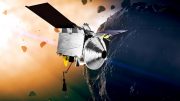
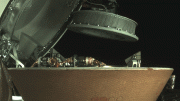
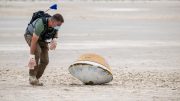
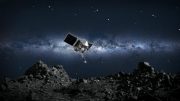
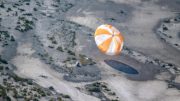
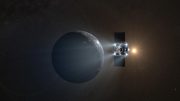
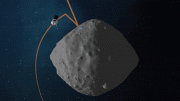
Be the first to comment on "NASA’s OSIRIS-REx Spacecraft Releases Asteroid Sample Capsule for Landing on Earth"